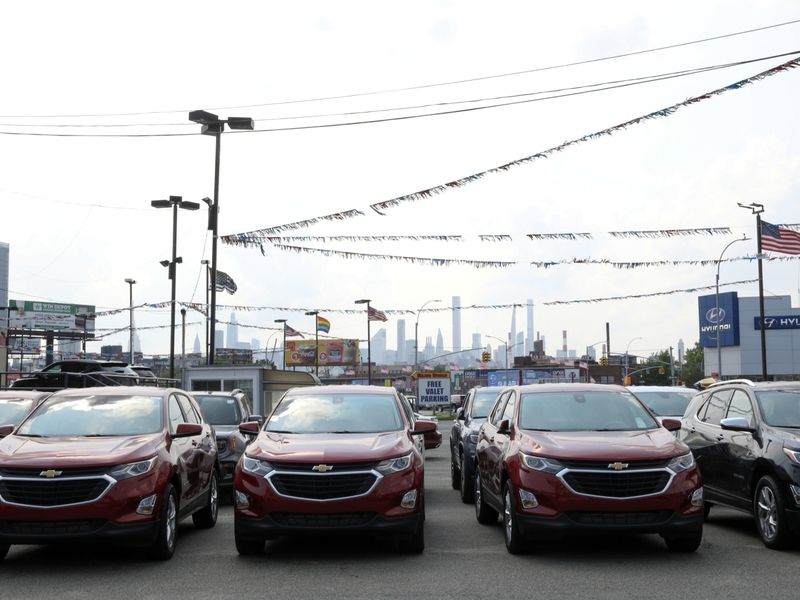
Indirect auto lending giant Ally Financial expects inventory shortages to persist in 2022 but predicted another strong year of auto loan applications received and amounts borrowed, CFO Jenn LaClair said Oct. 21.
Ally plans to issue more detailed predictions later, LaClair told analysts, but “we’re still expecting to see really robust application flow and robust origination.”
LaClair said originations would likely be in the $40 billion range next year.
Ally posted $12.3 billion in auto loans in the third quarter and $35.4 billion in auto loan originations through September. In just nine months, Ally already is $300 million ahead of 2020’s full-year result and close to the $36.3 billion worth of originations in all of 2019.
“Auto continues to perform exceptionally well,” LaClair said. “We don’t see any sign of that stopping.”
Market trends favored Ally, and the company continued to grow share, LaClair said.
CEO Jeffrey Brown said Ally’s auto loan business delivered “our highest third-quarter in 15 years, at a really impressive 7.1 percent yield.” LaClair said Ally was on track for 2021 to end as the company’s fourth straight year of auto yields above 7 percent, and the company expected loans to produce a “robust” yield next year.
“We’re not seeing a lot of pressure on pricing right now,” she said, referring to competing for business by cutting interest rates.
However, dealers are sending Ally far less floorplan revenue because of an inventory shortage Ally doesn’t see abating soon.
Ally carried $8.9 billion in floorplan loans on its books during the third quarter, down 43 percent from $15.4 billion during the same three months last year and down nearly $2 billion from the second quarter of 2021.
LaClair observed every time Ally thought it had reached a floorplan floor, “we decline a bit more,” she said. Customer demand and supply chain issues mean dealerships need to borrow less funds for inventory.
“I think late ’22, early ’23 is when we would expect that to normalize,” LaClair said.
The chip shortage issue should be resolved by then, she said. Customer demand would be the unknown, she said.
Brown said dealers — “certainly a lot of the big names” — report being presold four to five months in the future on new vehicles. Inventory pressure would continue, he said.
Brown also last week examined Ally’s future in light of Stellantis’ plan to establish its own captive finance company following the acquisition of First Investors Financial Services’ parent company F1 Holdings Corp. Chrysler Capital as it exists today derives from a 10-year private-label partnership Stellantis and Santander Consumer USA Holdings established in 2013; Santander had replaced Ally as the automaker’s partner.
“I don’t think it really changes anything from what we’re thinking about in terms of originations or relationships for any time soon,” Brown said of the Stellantis captive.
According to LaClair, captive finance companies have less of a competitive advantage in general right now. Incentives have fallen, and dealers aren’t favoring captives to offset a decline in retail volume with financing revenue, she said.
“It’s hard to do that right now,” she said.
Captive finance companies focus on new vehicles, and fewer of those exist, she said.
Ally has reached record highs in both percentage and dollar amount of used vehicles on its book, LaClair said. Used vehicles represented $7.8 billion, or 63 percent, of Ally’s $12.3 billion in auto originations during the third quarter, up from $5.4 billion, or 55 percent, of the $9.8 billion in originations a year prior.
The company also expected used-car values to have increased 30 percent year over year, according to LaClair.

